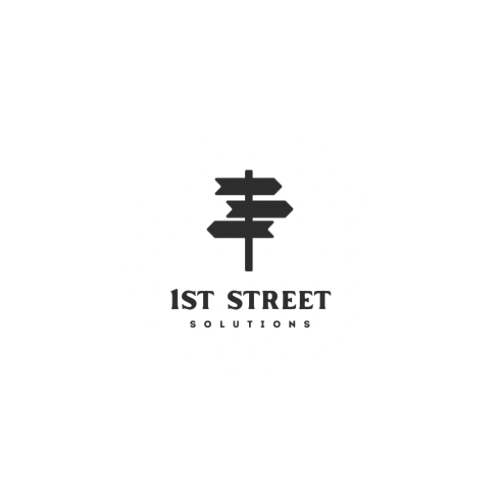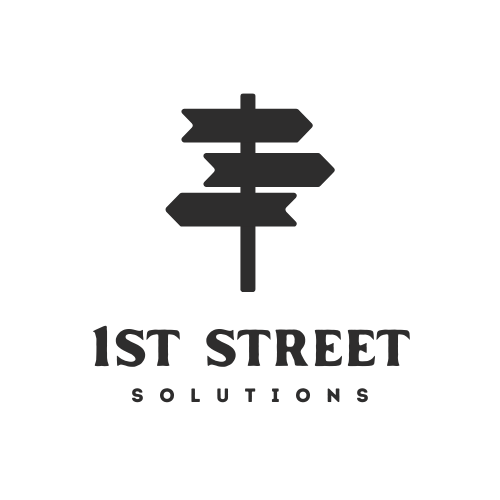In the past decade, the way businesses operate has undergone a fundamental shift. Companies no longer rely solely on on-premise software or traditional IT infrastructure to manage operations. Instead, the demand for more agile, scalable, and cost-effective solutions has given rise to Software as a Service (SaaS) application. SaaS application development is no longer a luxury or an optional investment, it has become a critical component for businesses striving to stay competitive in a fast-paced, digital-first world.
At its core, SaaS refers to cloud-based applications that are hosted on remote servers and accessed via the internet. Unlike traditional software, which requires installation and maintenance on individual devices, SaaS applications provide users with seamless, anytime-anywhere access, along with automated updates and centralized management. This model offers unique advantages that directly impact business efficiency, scalability, and innovation.
1. Cost Efficiency and Predictable Expenses
One of the most immediate benefits of SaaS applications is cost efficiency. Traditional software often involves high upfront costs, licensing fees, and ongoing maintenance expenses. For small to medium-sized businesses, these costs can be prohibitive, creating barriers to adopting advanced tools. SaaS applications, on the other hand, typically follow a subscription-based model, allowing companies to pay for what they need on a monthly or annual basis.
This predictable expense structure makes budgeting more manageable and reduces the risk of unexpected IT costs. Businesses can allocate resources more effectively, focusing on growth initiatives rather than software maintenance. Moreover, because SaaS providers manage infrastructure and updates, companies save on staffing and hardware investments.
2. Scalability That Matches Business Growth
Business needs are rarely static. A company that is successful today may double its workforce, expand to new regions, or launch additional product lines tomorrow. Traditional software systems often struggle to keep up with this rapid change, requiring manual upgrades or hardware investments that can slow down growth.
SaaS applications are inherently scalable. Organizations can add new users, integrate additional features, or increase storage capacity without complex technical overhauls. This flexibility ensures that businesses can respond quickly to market demands and seize new opportunities without being hindered by outdated software limitations.
3. Enhanced Collaboration and Accessibility
Modern businesses increasingly rely on collaboration across teams, departments, and geographies. Remote work, hybrid models, and global teams are now standard rather than exceptions. SaaS applications facilitate this new reality by offering cloud-based platforms that support real-time collaboration.
Employees can access applications from anywhere, whether on a laptop, tablet, or mobile device. Teams can share documents, track project progress, and communicate seamlessly without worrying about version control or compatibility issues. By removing these barriers, SaaS applications enable a more connected, efficient, and productive workforce.
4. Automatic Updates and Reduced IT Burden
Another significant advantage of SaaS is that software updates and maintenance are handled by the provider. In traditional setups, companies must schedule updates, deal with potential downtime, and ensure compatibility with other systems. This process is not only time-consuming but can also disrupt daily operations.
SaaS providers push updates automatically, ensuring that users always have access to the latest features, security patches, and performance improvements. This reduces the burden on internal IT teams, allowing them to focus on strategic initiatives rather than routine maintenance. In addition, automatic updates enhance security by ensuring that vulnerabilities are addressed promptly.
5. Data Security and Compliance
Security is often a primary concern when moving operations to the cloud. However, reputable SaaS providers invest heavily in protecting their platforms. They employ encryption, multi-factor authentication, and secure data centers to safeguard sensitive business information. For many organizations, the level of security offered by SaaS providers exceeds what they could achieve in-house.
Additionally, SaaS applications often comply with industry regulations, such as GDPR, HIPAA, or ISO standards. This is particularly critical for businesses that handle sensitive customer data, as non-compliance can result in hefty fines and reputational damage. By choosing SaaS, companies can ensure both data protection and regulatory adherence with minimal overhead.
6. Accelerated Innovation and Competitive Advantage
SaaS applications do more than just improve efficiency, they enable innovation. Cloud-based platforms often come equipped with advanced analytics, artificial intelligence, and machine learning capabilities that provide actionable insights in real time. Businesses can analyze customer behavior, optimize operations, and make data-driven decisions faster than ever before.
By leveraging these insights, companies can adapt to market trends, improve customer experiences, and gain a competitive edge. SaaS applications also allow for faster deployment of new tools and processes, enabling businesses to innovate without lengthy development cycles or infrastructure constraints.
7. Integration and Customization
Modern businesses rarely rely on a single software solution. Operations often involve multiple systems for sales, marketing, finance, and customer support. SaaS applications are designed with integration in mind, connecting seamlessly with other tools via APIs and third-party plugins.
This interoperability allows businesses to create a unified ecosystem that streamlines workflows, reduces redundancy, and ensures data consistency. Moreover, many SaaS applications offer customization options to meet specific business needs. Companies can tailor dashboards, workflows, and user experiences without compromising the core functionality of the software.
Conclusion
The shift toward SaaS application development is not a passing trend, it is a strategic imperative. From cost efficiency and scalability to enhanced collaboration and security, SaaS applications address the core challenges that modern businesses face. They empower organizations to innovate, adapt, and compete effectively in an increasingly digital economy.
For companies aiming to thrive in today’s fast-moving landscape, investing in SaaS application development is no longer optional. It is an investment in agility, efficiency, and long-term growth. Businesses that embrace SaaS solutions position themselves to respond quickly to changing market demands, provide superior customer experiences, and stay ahead of the competition.
At the end of the day, the organizations that recognize the transformative potential of SaaS applications are the ones that will lead their industries. And for businesses seeking reliable partners to bring this transformation to life, Kryptoninc is helping companies develop custom SaaS solutions that align with their unique goals and challenges.






